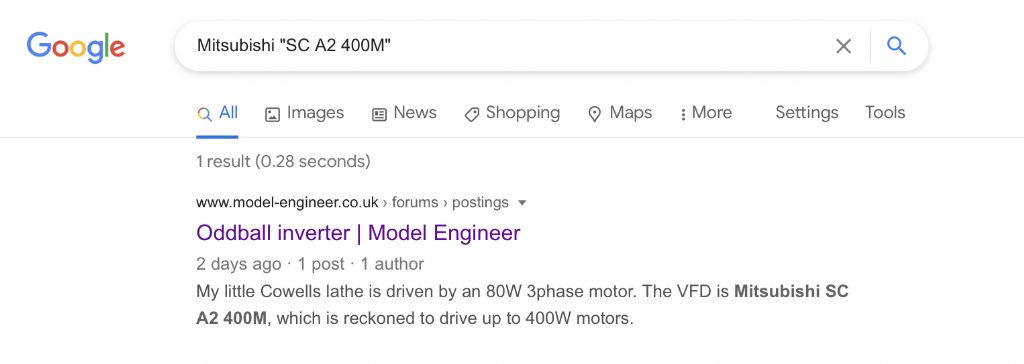Oddball inverter
Oddball inverter
- This topic has 22 replies, 13 voices, and was last updated 15 April 2021 at 21:46 by
duncan webster 1.
Viewing 23 posts - 1 through 23 (of 23 total)
Viewing 23 posts - 1 through 23 (of 23 total)
- Please log in to reply to this topic. Registering is free and easy using the links on the menu at the top of this page.
Latest Replies
Viewing 25 topics - 1 through 25 (of 25 total)
-
- Topic
- Voices
- Last Post
Viewing 25 topics - 1 through 25 (of 25 total)
Latest Issue
Newsletter Sign-up
Latest Replies
- smokeless cutting oil
- Boiler Design – issue 4765
- “Your Sketch Is Not Closed,” says Alibre Atom, “So tough!”HERE?ERE?
- Plain bearing speeds
- Record 74 auto vice
- Thread restorers
- Clock gear cutting needed or advice in setting up from scratch.
- Amadeal lathes – Any good??
- How to balance a cup grinding wheel
- Unusual Crow Bar Type Tool? Fire Brigade?








